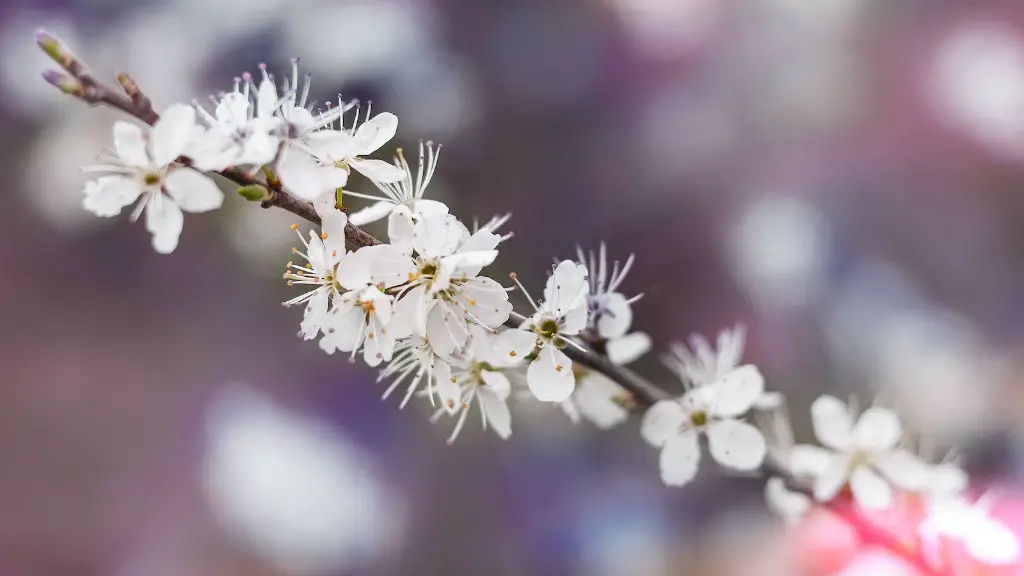Introduction
The fronds of a palm tree are one of the most recognizable features of this iconic species. These leaves, which fan outward from the crown of a palm, contribute significantly to the look and character of the tree. As a result, understanding the types, characteristics and roles of fronds can help improve the design and landscaping of any palm tree planting.
What are the fronds of a palm tree?
Fronds appear as long, open-ended blades that spread outward from the crown of a palm tree. These features, which are unique to this particular species, have adapted to interior living spaces and other types of landscapes. Fronds can generally be described as either pinnate or palmate. Pinnate fronds have an even number of leaflets extending outward from each side of the midrib, while palmate fronds have a single leaflet at their tip and radiating fingers on their underside.
The role of fronds in palm trees
Fronds are of vital importance to the health of a palm tree. In addition to providing it with food through photosynthesis, fronds also help protect the tree from extreme temperatures and moisture levels. The widest fronds of a palm tree receive the most sunlight and are responsible for the majority of the plant’s photosynthesis needs. Studies have also shown that an increased number of fronds helps a palm to better regulate its own temperature.
Routine Care of Palm Tree Fronds
Fronds should be pruned on a routine basis. For indoor plants, this should be done at least once a month. Outdoor palms should be pruned at least once per season. The blades need to be inspected for disease, pests, or damage. If any of these are present, they should be removed immediately. Additionally, pruned fronds should never be removed by pulling or tugging since this can damage the tree’s reproductive capabilities.
Diseases and Pests affecting Palm Tree Fronds
Palm fronds are vulnerable to a variety of diseases and pests. Common diseases include leaf spot, which presents as dark spots on the blades, and rhizoctonia, a fungal infection. Aphids, palm weevils, and scale can also cause damage by eating away at the leaves. If left untreated, these issues can significantly weaken the tree, reducing its resilience and attractiveness.
Keeping Palm Fronds Healthy
Routine pruning and care is the best way to keep a palm tree’s fronds healthy. Fertilizing the tree at regular intervals can also help to maintain the quality of the fronds, as well as providing nutrients to the soil. It’s also important to keep an eye out for signs of disease or damage, including spots, fungal growths, and damage from pests. Taking swift action can help keep a palm in good condition.
The Beauty of a Palm Tree’s Fronds
The long, lush fronds of a palm tree make it one of nature’s greatest sights. Fronds serve many of the same functions as regular leaves, such as photosynthesis. However, they also add a majestic look to any environment, provided that they are kept in good condition. By pruning, fertilizing, and checking for disease and pests, it’s possible to keep a palm’s fronds healthy and attractive for years to come.
Fronds Symbolism in Different Cultures
The fronds of palm trees have become something of a global symbol of beauty and paradise. Desert landscapes in particular have been immortalized in a variety of artwork, often depicting the fronds of a palm rising up to capture the harsh desert sun or provide shade in the midday heat. The fronds of a palm have also been used throughout history to symbolize eternity, fidelity, and victory.
Living with Palm Trees and Fronds
Palm fronds can be an attractive addition to any home. However, they can also be dangerous if not properly cared for. It’s important to keep children and pets away from the fronds of a palm tree, as they can be sharp and may cause injury. Additionally, those who live in colder climates should be aware that too much snow, frost, or other extreme cold can damage a palm’s delicate fronds.
Conclusion of the Benefits of Palm Tree Fronds
The fronds of a palm tree are an important and recognizable feature of this species. They provide the tree with protection from both the elements and pests, as well as providing additional benefits such as beauty, symbolism and even food for some species. Mastering the techniques of caring for these fronds is essential for anyone wishing to make the most of their palm tree planting.


